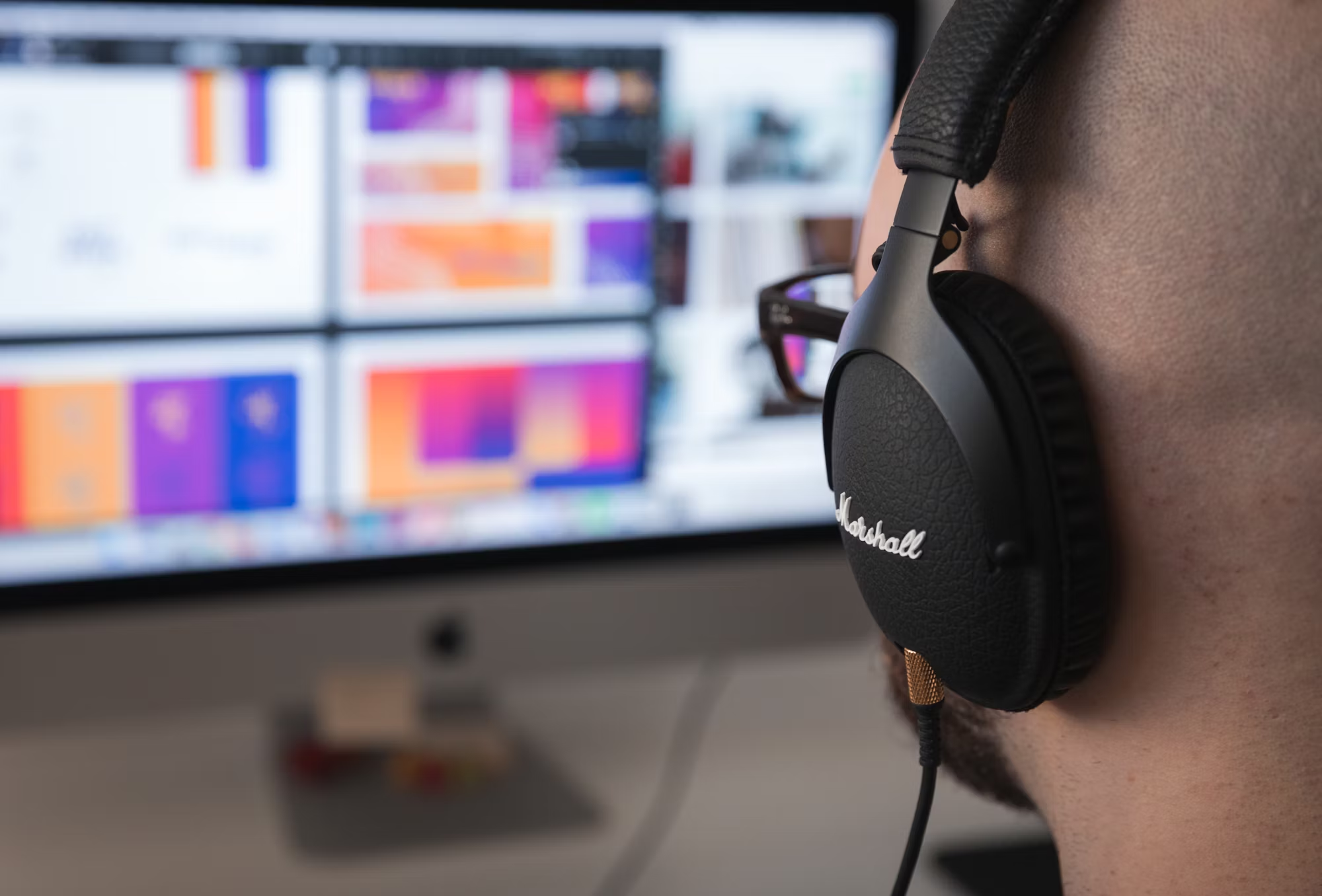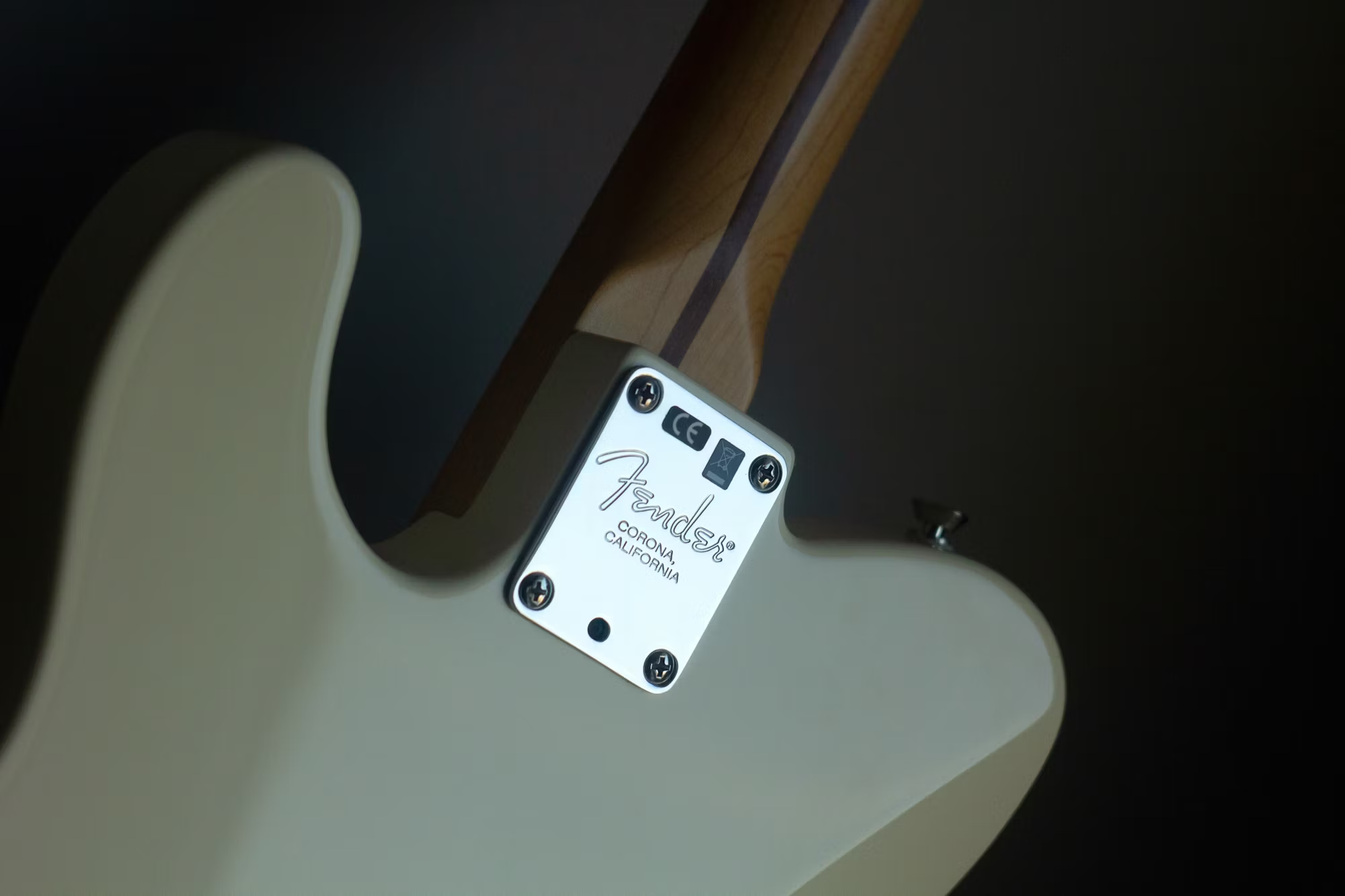The guitar, a seemingly simple instrument, has had a profound impact on music across the globe. From classical compositions to electrifying rock solos, the guitar has adapted and evolved, influencing a multitude of genres and cultures. This article will delve into the rich history of the guitar, tracing its journey through different musical landscapes, and examining the artists who have harnessed its power to create unforgettable music.
The origins of the guitar date back to ancient stringed instruments found in various cultures. Early forms, such as the lute and the vihuela, were integral to musical traditions in Europe and the Middle East. The evolution of these instruments led to the creation of the modern guitar, particularly during the 19th century in Spain. Luthiers like Antonio de Torres refined the design of the guitar, enhancing its sound and playability. This period marked the guitar’s transition into the concert hall, as composers began to recognize its expressive potential. Notable figures such as Fernando Sor and Francisco Tárrega composed intricate pieces that remain staples of the classical guitar repertoire today.
As the 20th century approached, the guitar’s role began to shift dramatically with the emergence of popular music. Jazz, a genre rooted in improvisation and creativity, welcomed the guitar as a lead instrument. Pioneers like Django Reinhardt revolutionized jazz guitar playing with his unique style, combining intricate fingerpicking techniques with improvisational flair. Reinhardt’s contributions not only elevated the guitar within jazz but also inspired countless musicians to explore its possibilities.
The rise of rock and roll in the 1950s signified a seismic shift in the guitar’s cultural relevance. Artists such as Chuck Berry and Elvis Presley brought the electric guitar to the forefront, using it to define a new sound that resonated with the youth of the time. Berry’s iconic riffs and energetic performances helped establish the electric guitar as a symbol of rebellion and self-expression. The instrument’s capacity for distortion and volume added a new dimension to music, encouraging musicians to push boundaries and experiment with sound.
The 1960s and 1970s marked a golden era for the guitar, with legendary figures like Jimi Hendrix and Eric Clapton emerging as trailblazers. Hendrix’s innovative techniques, including feedback manipulation and the use of effects pedals, redefined the guitar’s role in rock music. His performances, characterized by raw emotion and technical prowess, captivated audiences and influenced a generation of guitarists. Similarly, Clapton’s work in blues and rock demonstrated the guitar’s versatility, as he seamlessly blended different styles to create a unique sound.
The acoustic guitar also gained prominence during this time, particularly in the folk music movement. Artists such as Bob Dylan and Joan Baez used the acoustic guitar to convey powerful messages and connect with their audiences. Dylan’s poignant lyrics and memorable melodies established the acoustic guitar as a tool for storytelling, influencing countless singer-songwriters who followed in his footsteps. This period underscored the guitar’s role not just as an instrument, but as a voice for social change and personal expression.
In the 1980s, the guitar continued to thrive with the emergence of new genres such as heavy metal and alternative rock. Bands like Metallica and Nirvana showcased the instrument’s ability to convey intensity and emotion. Metallica’s intricate guitar solos, coupled with powerful riffs, defined the sound of heavy metal, while Nirvana’s raw, grunge aesthetic reintroduced simplicity and authenticity to rock music. The guitar became a means of expression for both technical prowess and emotional depth, appealing to a wide range of audiences.
The 1990s and early 2000s saw the rise of indie rock and the integration of guitar in various genres, including hip-hop and pop. Artists like Radiohead and The White Stripes pushed the boundaries of traditional guitar playing, experimenting with unconventional sounds and structures. The advent of digital technology and the internet revolutionized the music industry, providing musicians with new platforms to share their work and connect with fans. This accessibility led to a resurgence of interest in guitar-driven music, inspiring a new generation of musicians to explore the instrument’s potential.
Today, the guitar remains a vital part of the musical landscape, transcending genres and cultural boundaries. Contemporary artists such as Ed Sheeran and Hozier have seamlessly blended various styles, incorporating elements of pop, folk, and rock. Their innovative use of the guitar continues to resonate with audiences worldwide, demonstrating that the instrument is as relevant today as it was decades ago.
Moreover, the guitar has become a symbol of creativity and community. Music education programs often prioritize guitar instruction, recognizing its accessibility and popularity among aspiring musicians. The instrument serves as an entry point for many, fostering a love of music and encouraging collaboration among musicians. Whether through local jam sessions or global online communities, the guitar has the power to unite individuals through a shared passion for music.
In conclusion, the journey of the guitar through various musical styles and cultural movements is a testament to its versatility and enduring appeal. From its origins in classical music to its pivotal role in rock, jazz, and contemporary genres, the guitar has shaped the musical landscape and influenced generations of artists. As we celebrate the guitar’s rich history, we honor the countless musicians who have embraced its power, using it as a medium for self-expression and connection. The guitar’s ability to adapt and evolve ensures that it will continue to inspire future generations, maintaining its status as one of the most beloved instruments in the world.





